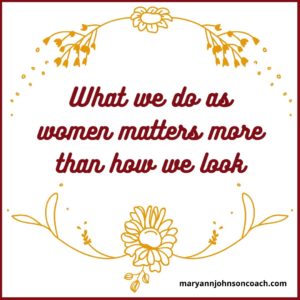 Recently I read
Recently I read
a post by an old and dear friend. It was beautiful and sad. There are so many areas where we, as women and mothers, struggle. We struggle because we think we aren’t doing a good enough job as a parent. We strive because we feel we aren’t filling our mission; we don’t have enough education or aren’t attractive enough.
Listen to the words of Laurisa Paul, a midwife:
I was sitting beside the pool the other day, and the most beautiful woman caught my attention. There she stood, in her bathing suit, resting a tiny baby in her arms. The baby perched contentedly on the protruding belly that had just created its life—beauty– in the deepest, holiest way that I’ve ever seen. I wanted to stare forever and kept this woman in my heart for days. This scene caused serious reflection for me.
We all agree that baby girls are beautiful and perfect in every way. This adoration continues as we grow, through every stage of our changing body… but then we reach early adulthood, and what happens? Quite suddenly, we halt the adoration of the continued growth and change and strive— for the rest of our lives— to achieve the young, thin, pre-maternal body.
grow, through every stage of our changing body… but then we reach early adulthood, and what happens? Quite suddenly, we halt the adoration of the continued growth and change and strive— for the rest of our lives— to achieve the young, thin, pre-maternal body.
I could not stop thinking about how fundamentally CRAZY we are as a society! How crazy we are to miss the breathtaking beauty of a postpartum body- with stretched-out skin and worn-out breasts, and sleepy, baggy eyes. The 45-year-old body, feeling tired of life’s marathon, and yet, still hopeful of the possibilities ahead. How absolutely crazy we are to overlook the beauty of a 60-year-old body! Its edges softened by growth, innumerable acts of service and courage held in its hips and thighs. And what about the body of a 75-year-old? New pains now reveal the many sacrifices and stories written along the way. I visualize the skin that hangs low from my 92-year-old grandmother’s face, her wrinkles marking the sage wisdom held in her eyes, and I ask…HOW IS THAT NOT ABSOLUTELY STUNNINGLY BEAUTIFUL?!?
It is pure insanity that we overlook ALL of it– all of the beauty that is resplendent in every stage of growth in a woman’s life– simply trying to reach for one very narrow ideal. It is shocking how irrational it is. And yet, we all go on doing it.
Her words went straight to my heart because of an experience I had just a few months ago.
 I was sitting in church with my family. The meeting ended; I placed my hand on the back of the chair in front of me, ready to stand. I’m not sure why what happened next did, but it stopped me in mid-stand. I realized how beautiful my hand was. I was shocked by the sight and the feelings that came with it. I asked my granddaughter to take a photo. I wanted to remember the gift I had just received.
I was sitting in church with my family. The meeting ended; I placed my hand on the back of the chair in front of me, ready to stand. I’m not sure why what happened next did, but it stopped me in mid-stand. I realized how beautiful my hand was. I was shocked by the sight and the feelings that came with it. I asked my granddaughter to take a photo. I wanted to remember the gift I had just received.
I know that not everyone would think my hand is beautiful because it’s the hand of a 70-year-old woman. The skin is looser than when I was young. There are age spots; the proverbial veins are showing. I didn’t see any of that.
I saw babies diapered. Children hugged. Hundreds of thousands of dishes washed. Mountains of laundry folded. I saw hundreds of hours of service rendered to friends, neighbors, and community. I saw articles written and paintings completed. I saw phone numbers dialed to cheer up a friend or counsel someone in need.
I saw love!
I don’t know how this happened in a split second, but I like to think that it was God showing me how much I matter in the world.
I posted the above to Facebook, and I was shocked at the response I received. There were over 40 comments. It was repeatedly shared. A few hundred people responded in some way. Why the considerable outpouring? I have thought about that. I am convinced that it’s because we are all searching for our worth.
As women and mothers, we need to embrace the journey. We need to embrace the difficulty, the challenges, and the learning. We need to embrace the growth and all that comes with it. We need to know that what we do as women matter more than how we look. Recognizing our value, our worth is a choice. Let’s choose to give ourselves a break as we grow and learn, as we give birth, serve, and age. Let’s choose to see the beauty in our hands, our bodies, and our hearts. Let’s choose to see ourselves as beautiful!



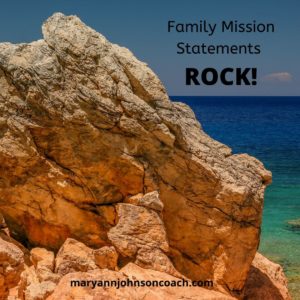 Sometimes, as a parent, we’re handed opportunities for self-evaluation on a silver platter. I was given such a dish the other day when I caught my two-year-old son marching around the living room chanting, “Stop that! Now I have to take that away. Stop that! Now I have to take that away.” Good grief! I’m happy to contrast that little ditty with something he was muttering in my ear a few nights ago as I was putting him to sleep. “Daddy loves you; daddy loves you; daddy loves you.”
Sometimes, as a parent, we’re handed opportunities for self-evaluation on a silver platter. I was given such a dish the other day when I caught my two-year-old son marching around the living room chanting, “Stop that! Now I have to take that away. Stop that! Now I have to take that away.” Good grief! I’m happy to contrast that little ditty with something he was muttering in my ear a few nights ago as I was putting him to sleep. “Daddy loves you; daddy loves you; daddy loves you.”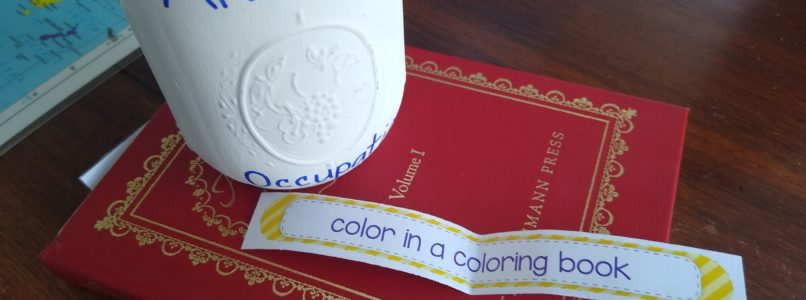
 A friend has been talking with me about her efforts to organize her family and teach her sons. We’ve had conversations, each ending with something to ponder. The goal is to come up with an experiment.
A friend has been talking with me about her efforts to organize her family and teach her sons. We’ve had conversations, each ending with something to ponder. The goal is to come up with an experiment.
 Recently, I was having a conversation with a friend about connecting daily with children. I mentioned that random touch was one of the most powerful practices I knew for connecting multiple times a day.
Recently, I was having a conversation with a friend about connecting daily with children. I mentioned that random touch was one of the most powerful practices I knew for connecting multiple times a day.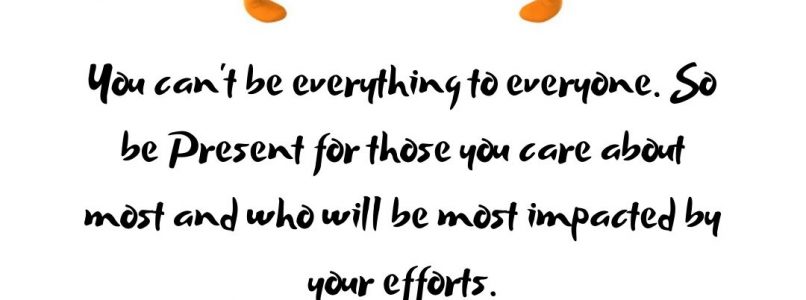
 I saw an insurance commercial in which the adults (portrayed by kids) were being treated like children by the insurance company. They felt helpless, undervalued, and frustrated. When I saw this commercial, I, like most of you, could relate to those feelings. At the end of the commercial, a rival insurance company helped a woman (portrayed by a child) with her needs. She stood there smiling, feeling good.
I saw an insurance commercial in which the adults (portrayed by kids) were being treated like children by the insurance company. They felt helpless, undervalued, and frustrated. When I saw this commercial, I, like most of you, could relate to those feelings. At the end of the commercial, a rival insurance company helped a woman (portrayed by a child) with her needs. She stood there smiling, feeling good.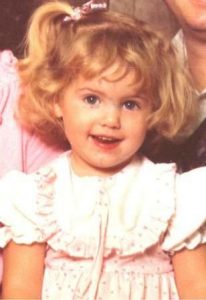 of my relaxing and fun things to-do list. I was feeling some pressure. My 3-year-old daughter, Marie, kept coming into the sewing room and interrupting me. This and the sewing were wearing on my nerves. I was ready to spank her. After all, she was bugging me, and she could see perfectly well that I was busy! I decided if she interrupted me again, I was going to swat her.
of my relaxing and fun things to-do list. I was feeling some pressure. My 3-year-old daughter, Marie, kept coming into the sewing room and interrupting me. This and the sewing were wearing on my nerves. I was ready to spank her. After all, she was bugging me, and she could see perfectly well that I was busy! I decided if she interrupted me again, I was going to swat her.
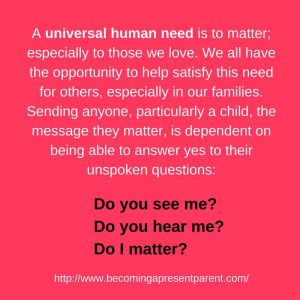 When we moved to Laurel, Montana over 3 decades ago it was a jolt. We had lots of little kids and we didn’t know anyone. We had no family in Montana and no one we knew had ever lived there.
When we moved to Laurel, Montana over 3 decades ago it was a jolt. We had lots of little kids and we didn’t know anyone. We had no family in Montana and no one we knew had ever lived there.
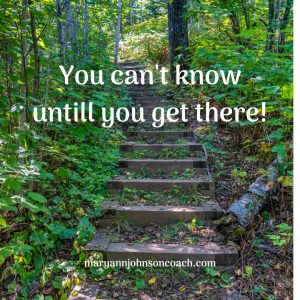 Sometimes
Sometimes 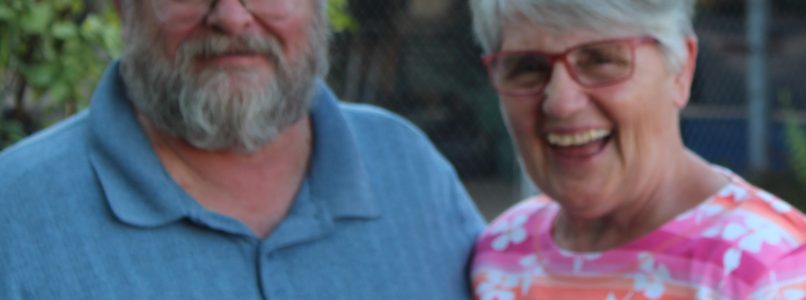

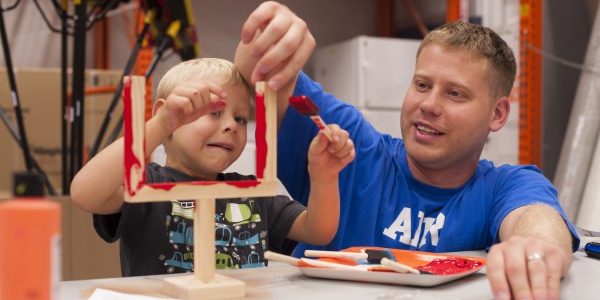
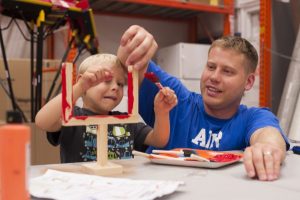 Kids
Kids 




 decided to make a change. It wasn’t easy because of the past. People weren’t sure they could trust him and so they didn’t want to risk giving him a chance. He just kept looking and eventually, he found a man and a company that employed him.
decided to make a change. It wasn’t easy because of the past. People weren’t sure they could trust him and so they didn’t want to risk giving him a chance. He just kept looking and eventually, he found a man and a company that employed him.  education or the degree that thrills me. It’s that he was kind to himself, trusted himself, set a goal and then accomplished it.
education or the degree that thrills me. It’s that he was kind to himself, trusted himself, set a goal and then accomplished it.